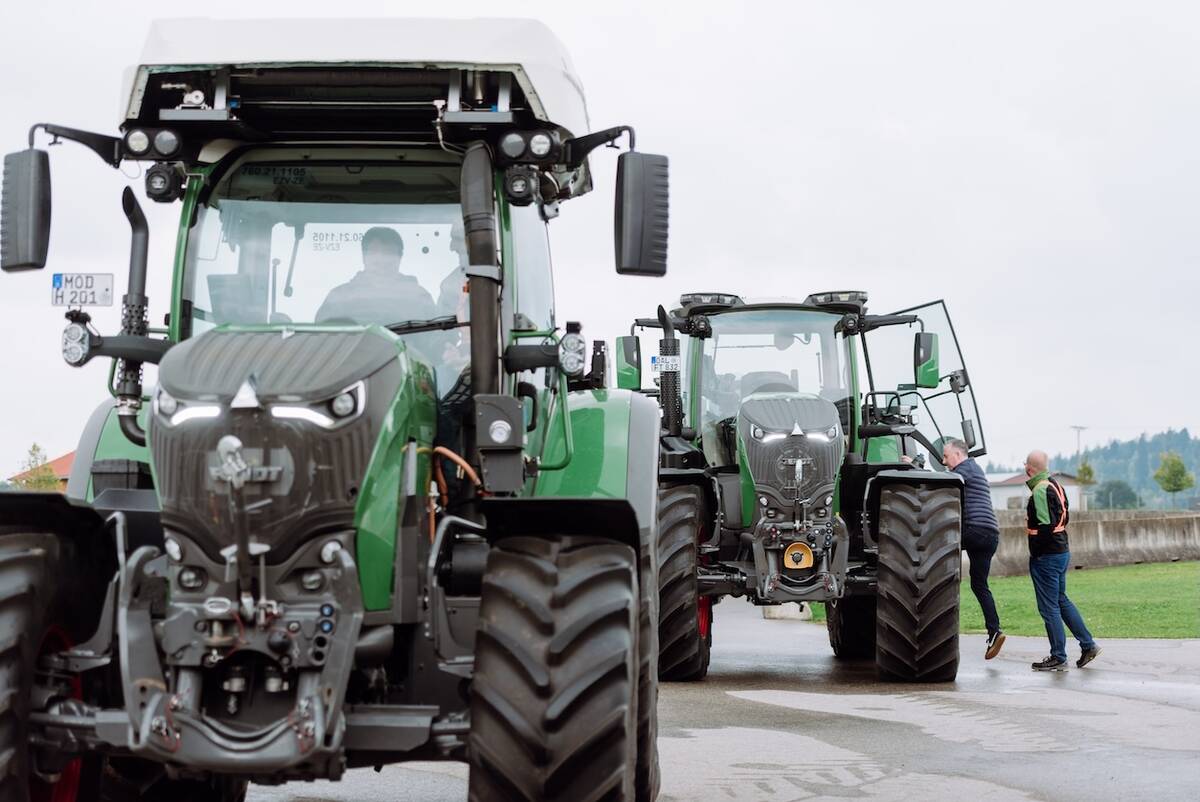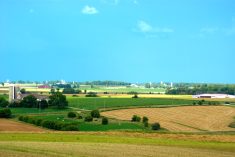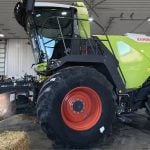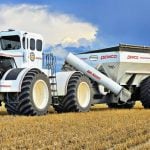Ontario led the country last year in agriculture equipment manufacturing, breaking the national export sales record.
About $773 million worth of implement equipment was sold from Ontario in 2017, driven by strong exports to the U.S. where a healthy livestock sector has mean more need for forage and haying equipment.
Why it matters: A healthy exporting agricultural manufacturing sector creates jobs in Ontario and makes sure there are healthy equipment suppliers for farmers locally.
The jump from about $710 million to $773 million was significant, but Ontario has been performing well in agricultural exports for a decade, averaging more than $600 million per year over that time.
Read Also

Agco worries about outlook for North America
Agco chief executive officer Eric Hansotia recently had both good and bad news to share about the demand for new farm equipment.
“We’re seeing that Ontario is doing some great work,” said Leah Olson, president of the Agricultural Manufacturers of Canada (AMC). Ontario companies have strong sale channels and distributors developed, especially in the United States, which helps them move more equipment, especially when the Canadian dollar is lower as it has been for the past few years. It takes a while to develop those channels and Ontario manufacturers have done a good job of it, says Olson.
As the type of farming different between Western and Eastern Canada, the type of equipment also varies, said Olson. That’s also why Ontario has led the country in agriculture equipment exports for the past three years.
When crop prices were at record highs, demand for dryland farming equipment rose around the world and Prairie manufacturers performed better. Export markets in areas like the Prairies, such as Russia, Ukraine, Kazakhstan and Eastern Europe were thriving sales area for Canadian equipment makers. Now, with crop prices stubbornly stuck in a predicable range, well under record level, Ontario manufacturers serving livestock customers are building exports.
Ontario also makes an incredibly diverse amount of products and sold at least something to 127 countries last year, according to Statistics Canada data.
American farmers are the biggest buyers of Canadian agriculture exports, regularly at 75 to 80 per cent. Australia has now become the second largest market, displacing Russia. The political situation has created challenges selling equipment to Russia. Export Development Canada (EDC) is no longer working Russia. EDC facilitates international deals, providing secure credit. Olson said AMC members are increasingly looking to Latin America and China to grow their exports.
Salford Equipment near Ingersoll is seeing a slow recovery in the United States and some Eastern European markets, after crop prices dropped several years ago. They are a supplier of tillage, seeding and precision application equipment, which have not seen as strong growth as has livestock equipment.
Farmers “are entering the replacement stage with of a lot of equipment,” says Geof Gray, president of Salford. “They’re still not making any money, but they’ve held on and they’ve got to replace some equipment.”
Ontario’s advantage is proximity to markets, says Gray, but also the extraordinary strength and expertise in manufacturing in general in Ontario. Expertise is close and suppliers are close.
That’s why he says government needs to pay attention to the sector to make sure it stays strong.
Ontario manufacturers face some long-term challenges in the Ontario market and Olson said AMC members will be bringing up uncompetitive electricity rates here, along with a challenge finding employees.
Governments “need to be aware of very real cost of increased regulations,” said Olson.
Still, Olson says agriculture equipment manufacturers are growing their workforces across the country, and the expectation is that 2018 will be another strong year. The AMC recently held an expo in Guelph.













